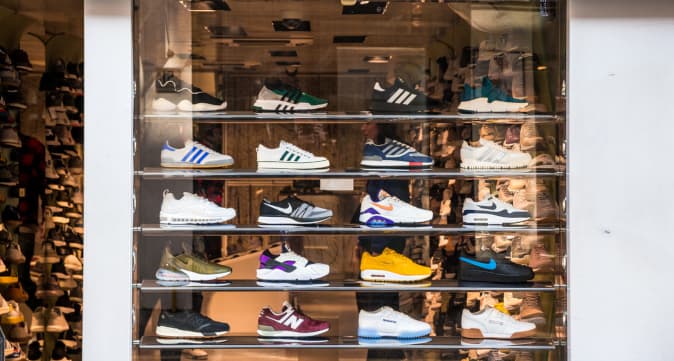
Experts predict a renaissance in bricks-and-mortar retail. Here’s why
A while back, many people believed that the UK’s high streets were in a state of decline. The rapid growth of online retailers like Amazon meant that more consumers were steering clear of visiting bricks-and-mortar shops, and purchasing via their computers and smartphones instead.
However, some savvy retailers have realised that, with a bit of creativity and innovation, physical shops can compete strongly with online stores. Here’s more information.
How can they survive?
On the face of it, the situation looks bleak. Online retailers have less overheads, so can offer products at a reduced price. How can a bricks-and-mortar shop possibly compete? Indeed, for a while, it looked as though they couldn’t. With major brands such as Maplin and Toy’s ‘r’ Us going out of business, it seemed as though no high street store could thrive in this rapidly changing retail environment.
However, as Molly Johnson-Jones, head of strategy at Stone & River, identifies, it’s all about finding your “why”. She adds: “You need the why on the product level – why does my product exist? Why on a customer level – why do they want to come to me? And why would people want to work for me?"
The power of reinvention
Physical retailers now realise that they have to make the most of the gaps in the market – by offering an experience that online stores cannot.
There are many ways of achieving this:
- Personalised service. An online shop can only personalise so much. A bricks-and-mortar store can tailor its approach directly to the customers it encounters on a daily basis. It can build brand loyalty quickly, if it leverages the opportunities.
- Experiential offerings. Many of the UK’s best-loved brands are now offering experiences for their customers; not just products and services. Vans are a great example, with their London shop now offering visitors the chance to use the indoor skate-park, in addition to buying their shoes.
- Greater convenience. In a bid to enhance customer experience, some stores now offer welcome extras. Some Debenhams stores, for example, have gyms inside; enabling the shopper to make a purchase, then do a work-out afterwards.
- A strong local presence. An online retailer can never truly feel ‘local’. Businesses with a physical store need to capitalise on this advantage, by immersing themselves in the activities of the town or city. This creates the impression that they really care about the community they serve, which in turn, builds consumer loyalty.
- Online brands may be using tech to get ahead, but that doesn’t mean that physical shops can’t innovate too. Introduce digital experiences into the store, such as ‘smart mirrors’, promotional video footage, or digital loyalty cards that can be swiped whenever the customer makes a purchase.
The turning tide against mass retail
With sustainability now a major priority, the international and national online retailers are struggling to make the necessary changes. After all, their practices are based on the model of producing or buying in bulk, at a reduced cost – and this isn’t usually ethical or eco-friendly.
Bricks-and-mortar retailers have the advantage here. Sustainability is far easier to achieve with a more flexible business model, and can be incorporated into many basic practices. It’s certainly something to think about.



